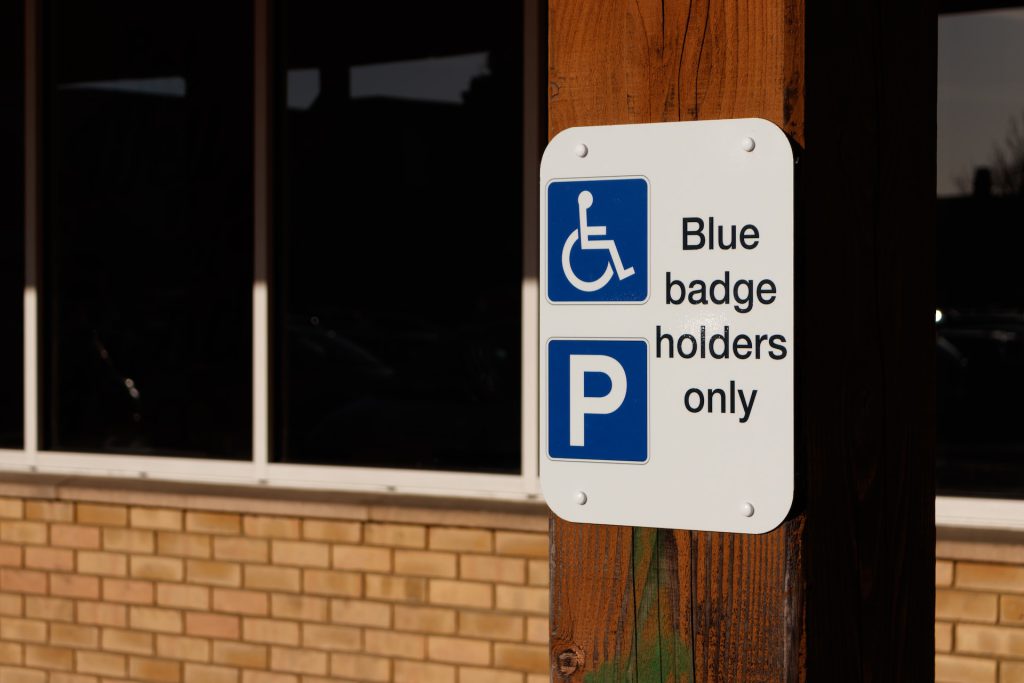4 top tips for older driver safety

Collaborative Post
As we get older, our physical health and driving ability may decline, meaning we need to make changes to ensure our safety when on the road. As of this year, there is a record number of drivers over the age of 70 in the UK, rising by 212,000 motorists in just the last 12 months.
Typically, older drivers are safer due to years of experience and the fact that they are less likely to take risks. However, getting older can result in slower reaction times are poorer eyesight. This is why it’s important to periodically review your driving skills to make sure you maintain safe driving habits. We discuss some of the main checks below, including tips on how to make sure you are still safe to drive.
Regular eye tests
Having good eyesight is vital when it comes to driving. Legally, you must be able to clearly read a number plate from at least 20 metres away.
As a responsible driver, you should aim to have your eyes tested every two years, or more often if necessary. After the age of 60, you’re entitled to these tests for free, especially if you are at risk of diabetes or glaucoma. Any condition that affects the eyes should be reported to the DVLA. This doesn’t mean you’ll lose your licence but assessments will need to be made.
You must also make sure that your prescription glasses or contact lenses are up to date. If you suffer from glare during night driving, consider anti-reflective coatings on your glasses.
Apply for the Blue Badge Scheme
If you’re finding yourself struggling with limited mobility or have a permanent disability, it may be worth applying for the Blue Badge Scheme. This scheme enables you to park much closer to your chosen destination and exempts you from specific parking restrictions. It can save you from driving around tirelessly for an easy access space to park.
This also applies if you care for a child who has a disability or long-term medical condition that affects mobility. Depending on your situation, you may be automatically eligible for a Blue Badge, but if not, there are criteria set out by Citizen’s Advice to help you check.
If you require a pushchair, wheelchair, or small mobility scooter, it may be worth considering a sport utility vehicle like the Hyundai Tucson or another large car. These often have rear seats that you can fold, allowing you to carry your equipment easily. Some even come with sliding doors should you have mobility concerns.
Avoid long journeys
Long journeys can make even younger drivers feel tired and exhausted. Older drivers can become tired much more quickly, which is highly dangerous when on public roads. It’s these sleep-related accidents that can end in serious injury or worse.
While there are usually service stations along motorways, you may not find one for hours depending on where you are. This isn’t ideal if you start to feel tired or need to use the toilet, which can result in further health issues.
Therefore, try to avoid long journeys if they aren’t necessary, opting for public transport or asking friends and family to drive you instead. If this is unavoidable, plan your route beforehand and figure out where you can stop for a break.
Remove potential distractions
When driving, you’ll find there are often many distractions, not just on the road, but also inside your car. For example, having the window open can allow sounds from outside to enter the vehicle, which can prove troublesome if you have difficulty hearing. The same goes for having the radio on.
Another distraction is eating or drinking while driving. You may accidentally spill your drink or drop food on yourself while behind the wheel and naturally take your eyes off the road. Consider pulling up into a safe parking space or waiting until the services to eat your food.
Photo by Jakub Pabis on Unsplash

